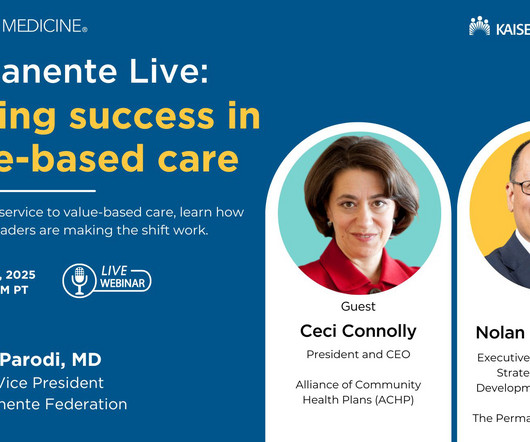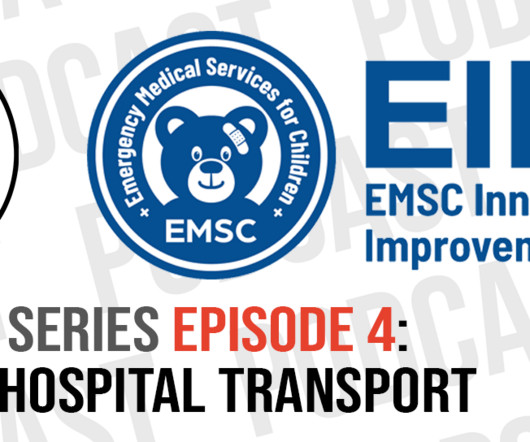Permanente Live webinar — Finding success in value-based care
Permanente Medicine
JUNE 23, 2025
(June 19, 2025) — National health care leaders from Kaiser Permanente and the Alliance of Community Health Plans will share insights on value-based care during a free Permanente Live webinar on Tuesday, July 1, 2025. But there is still much to be learned about how and why it benefits patients and health care systems.













Let's personalize your content